Introduction
Hello everyone. This is the second installment of the “How to Build” series in Un’Goro. I’ve already looked at the Priest and Mage, which are probably two most diverse classes in the current meta. Now it’s time for Paladin. It’s a bit less diverse than the last two, but there are still multiple viable ways of building it. It’s also, arguably, the strongest class in the current meta, having not one, not two, but three very powerful decks (Tier 1/2).
In the article I’ll first identify Paladin core cards – basically the cards that make it into every single list. They’re a great start when you’re trying to build any Paladin deck. Then I’ll identify a few most common archetypes and talk about the cards that go into them, while giving example deck lists (they aren’t necessarily the only working and best lists, there are multiple ways you can build each deck). If you like the class, you should find something useful here!
Paladin Core
When it comes to the latest expansion – Journey to Un’Goro – Paladin was probably the biggest winner. Even though the Quest has completely flopped, the class still got new tools to work with. Some of them even got to the class core – nearly each deck on the ladder uses those cards simply because they’re very powerful.
- Hydrologist – First new card from Un’Goro. This little guy seems harmless – it’s only 2/2 and it fetches you a Paladin Secret, a 1 mana spell. And let’s be honest, Paladin Secrets aren’t necessarily the best ones. But the thing is, with only 5 Secrets pool, you can get whatever you want really consistently. And a Paladin Secret that you got in the right situation can be very strong. For example, you wouldn’t want to put that Repentance into your deck, but imagine you’re playing against Taunt Warrior and next turn they’re very likely to drop Primordial Drake. That 1 mana Secret can now deal 7 damage OR disrupt their play. And you got that Secret from your 2-drop. Getaway Kodo also turned out to be the best “flexible” choice, it can get you more value if you bounce back a big minion or Stonehill Defender or maybe more defense/healing if you bounce back something like a Wickerflame Burnbristle.
- Consecration – One of the Classic (Basic) cards. The card was played in most of the Paladin list for the last 4 years. It’s the only cheap AoE available to the class and let’s just say that the current meta, meta infested with Murlocs and Token Druids, requires an AoE to survive. It’s pretty cheap, it also deals 2 face damage, the card is just solid.
- Truesilver Champion – Another Classic (Basic) card that was played in nearly every Paladin list since the Beta. One of the best weapons in the game, 4 mana for a 4/2 weapon is already okay, but the extra 2 points of healing with each swing (4 in total) comes handy a lot of the time. You don’t even notice that, but those extra points of healing save you so many times. Just remember all those times when you’ve survived at 1-4 healing and just think that if your Truesilver didn’t heal you, you would be dead.
- Spikeridged Steed – Another Un’Goro card. I put it as 1, because 1 is definitely core, but 2 not necessarily. A lot of the Murloc builds play only 1 copy, even some faster Midrange decks have dropped the second one. But still, the fact that a 6 mana buff card is played even by the aggressive decks is amazing. I was excited for that card pre-expansion and I wasn’t wrong. It basically turns any minion on the board into a mega-Sludge Belcher. Getting 2-for-1’d was always the problem with buffs, but it’s much harder in this case. Even if the minion gets Executed or eats a Shadow Word: Death, you still get the second part – a 2/6 – back. And 2/6 Taunt might not seem like much, but remember that it’s a 4-drop (well let’s say 3.5-drop, because no one plays it at 4). The card is great and very versatile. It’s a great defensive option, it has a lot of value and it’s buffs are generally nice tempo cards, because they do something immediately (if you buff a minion that can attack).
- Sunkeeper Tarim – The third Un’Goro card in the Paladin’s core. It’s like a Keeper of Uldaman on steroids. You can use it to swing the board completely. If you have a bunch of small minions (which you tend to do as Paladin) and your opponent plays something bigger, you just play Tarim and buff your minions while debuffing his big guy. It can neutralize most of the big threats OR turn your board of 1/1’s into something much more scary. Thanks to that it’s used by every deck – Aggro, Midrange, Control.
- Tirion Fordring – Another Paladin Classic. It used to be one of the strongest (if not THE strongest) Legendaries back in the day and even few years later it’s still auto-include into most of the Paladin decks. It gets worse when there are multiple ways to deal with it. But with Silence pretty much out of the meta, weapon destruction being a not-that-common tech and Shaman not being too popular (Hex hurts), the only common way to deal with it is Polymorph (especially since Primordial Glyph can fetch Mage nearly anything). Still, a huge Taunt with Divine Shield and a 5/3 weapon is something you can’t pass on.
But those aren’t the only cards that Paladin decks tend to run most of the time. There are few more, what I call “Almost” Core. Those cards are incredibly common, but some of the builds don’t run them. They might be present in 3/4 of the builds, or maybe they’re a very common tech card in the class. Either way, they’re still popular in the Paladin class, but you first need to look at which archetype you’re playing before putting them in.
- Aldor Peacekeeper – Used by every slower (Midrange, Control) build. Not used by most of the Aggro builds. Simply put, the card is amazing, but it’s just too reactive for the fast deck. 3/3 stats are good for a 3-drop with a powerful effect, and the effect is indeed very strong. It can neutralize most of the big threats that rely only on their stats. Let’s say your opponent drops an 8/8 – it’s a big problem, right? Not if it becomes a 1/8. It’s still on the board and still can get some value, but it’s not a big threat anymore.
- Stonehill Defender – Once again, any build outside of the Aggro runs it. If we only look at the pool of Neutral cards, Stonehill Defender probably wouldn’t be used by any deck, maybe by Taunt Warrior, but that’s it. But remember that there are also class Taunts and class cards have 400% offering rate in Discover. And it turns out that Paladin’s class Taunts are pretty great: Grimestreet Protector, Wickerflame Burnbristle, Sunkeeper Tarim and Tirion Fordring. Yeah, 3 Legendaries that are already played in the deck and one big drop that’s actually decent – better than most of the neutral options. With the increased offering rate, you get at least one Paladin Taunt like 2/3 of the time, which is amazing. Playing 3 Tirions in a single game has became much easier.
- Stampeding Kodo – Another Classic card, which has been used in Paladin for a long while. 1 copy is staple in pretty much any slower build, I’ve even seen some Murloc decks running them. The card is pretty strong in the current meta, but it gets even better if a) you can combo it with Aldor Peacekeeper and b) you can fetch it with The Curator.
- Primordial Drake – Similar thing to Stampeding Kodo. Played as at least 1-of in all of the slower builds. Another source of AoE damage, big Taunt, combos well with other Paladin card (namely: Equality) and can be pulled by The Curator. The card has became a staple in most of the slower decks in Un’Goro.
Now let’s move onto the specific builds, or “packages” you can run to complement your core cards.
Paladin Builds
Murloc Paladin
Example list was created by Sempok. He got to top 10 Legend using it. It’s one of the most popular builds on the ladder right now.
Currently, the Murloc Paladin (aggressive version) is one of the strongest decks in the meta. It’s not as popular as it’s been a few weeks ago for one simple reason – decks which you can tech heavily against will never be incredibly popular. Any time Murloc Paladin resurges on the ladder, people start teching in the Hungry Crabs and eat some tasty Murlocs (while drinking the Paladin’s tears). But the fact that the deck can be played even though people tech against it quite heavily shows how powerful it is.
Murloc Paladin is known for its explosive starts. Murloc minions are very weak individually. They mostly have vanilla or below vanilla stats. But what’s really powerful is how synergistic they are. Murloc Tidecaller can grow out of control really quickly. Murloc Warleader gives an AoE Aura that mostly makes the Murloc punch harder. Coldlight Seer adds a permanent health buff that makes it much harder to clear them. And last, but not least, Gentle Megasaur – new Un’Goro addition – is good with even just 1 or 2 Murlocs on the board. If you drop him on a board full of Murlocs and get one of the better Adapts, well, it’s usually game over. Just imagine an Aggro deck getting +3 Attack or Windfury on all of their minions.
But that’s not everything. If you somehow managed to stop their early aggression, they also have some mid game to work with. Divine Favor can refill their hand. Spikeridged Steed and Blessing of Kings might turn one of their little guys into a huge threat. Sunkeeper Tarim can swing the whole board in their favor. And Tirion Fordring is just a big threat – after you had to use all of your removals on Murlocs, they drop Tirion and you can’t do anything.
Like I’ve said before, the deck isn’t oppressive only because Hungry Crab is a common tech. If the card didn’t exist, Murloc Paladin would be literally all over the ladder. Even with Crabs it has ~53% win rate and it’s currently the best deck in Legend, imagine what would happen without them.
Midrange Murloc Paladin
Example list was created by Machamp. It was one of the first Midrange Murloc Paladin builds, only altered a bit for the May season.
Midrange Murloc Paladin has actually gained some popularity even before the all-in Murloc Paladin list. I remember seeing some decks like that very early in Un’Goro and honestly, they didn’t change that much since. The deck is pretty similar to the faster, more aggressive Murloc Paladin, but it drops some of the early game power in favor of more late game and more reactive tools. It might be a bit hard to tell one from the other on the ladder, which is actually really important if you want to know what you need to prepare for. So here are few clues that can get you there. Here are some cards that Midrange version uses and Aggro version generally doesn’t: Equality, Aldor Peacekeeper, Stonehill Defender, Stampeding Kodo, The Curator, Primordial Drake. Some Midrange builds also run healing cards like Lay on Hands or Ragnaros, Lightlord.
I’d say that with the right draws, Midrange Murloc Paladin is even stronger than the normal Midrange deck. You still can hit a great Murloc curve (1 -> 2 -> 3 -> Megasaur), but you have a lot more staying power in the late game. However, what Midrange version struggles a bit with is consistency. It runs much less 1-3 mana Murlocs, so hitting the perfect curve can be significantly harder and draw-dependant. Drawing reactive tools like Equality or Aldor Peacekeeper when you want to put proactive pressure isn’t really great. On the other hand, those cards come really handy a bit later. Let’s say that your opponent wants to stop the Murloc push with a Taunt, e.g. 3/6. That 3 attack might kill most of your Murlocs, especially if you didn’t have the Warleader. But if you Aldor it down to 1 attack, you might be able to clear it without losing a single minion.
With hand refills like The Curator or Lay on Hands, the deck can also engage in some longer matches with slower decks. Yes, you probably won’t win the long value war against the Control variant, or maybe against Dragon Priest, but you can still take a long game and find the right moment to outtempo them.
What I like about Midrange version is that it leaves you much more freedom when it comes to your choices. You can make it a bit faster, a bit slower. You can add more healing if that’s necessary or you can get rid of it and put in more threats instead. You also have more choices, because even though Murlocs are a vital part of the deck, they aren’t the only thing you have going. If you play Aggro version and your Murloc push gets completely stopped, it might be hard to come back. With this deck, not so much. You can still clear the board with equality or drop some of your other minions.
The deck is somewhere in Tier 2 right now, outshined by both the Aggro Murloc AND Control versions. Because it’s simply something in between – it tries to take best of the both worlds. But it doesn’t have as consistent early Murloc openings as Aggro and it doesn’t have as consistent late game and removal tools as Control.
Control Paladin
This build was created by Underscore. Since he hit a #1 Legend with it early in the season, it has became the most staple Control Paladin build. It sees some changes, some players add a tech card or two, but I’ll link the most standard build that still works.
And finally, a Paladin deck without Murlocs. Well, it still runs Hydrologist, but not because it’s a Murloc. To be fair, Control Paladin would really prefer if Hydrologist WASN’T Murloc, because then the Hungry Crab tech would be useless. The deck is, just like its name suggests, a Control deck. It’s significantly slower than the last two builds. It has no crazy early game Murloc openings. Actually, it has almost no early game at all. Instead, it tries to stall the game with Doomsayer, Wickerflame Burnbristle, Stonehill Defender or possibly Hydrologist + Secret. They aren’t big threats, so even if Control Paladin manages to get some board early, it can’t really do much with it. But that’s fine.
The deck really starts to play the game around turn 4. But it doesn’t mean that the game is proactive, oh no. Truesilver Champion or Consecration starts the board clear chain. Alternatively, if your opponent had a crazy start, sometimes a turn 4 full board clear of Wild Pyromancer + Equality is what’s necessary. Then it has more reactive tools – Stampeding Kodo (which can, but doesn’t have to, be combo’d with Aldor Peacekeeper), Primordial Drake.. The deck also uses Sunkeeper Tarim defensively. Most of the time you drop it to deal with a big threat or to get better trades on the board.
The deck also has multiple value generators and healing. E.g. Ivory Knight is both. The card is cool, because against Aggro you just pick the highest cost spell (8 if available) and you’re happy with just the healing, while against slower decks you pick whatever you need in the situation or simply the highest value spell. Forbidden Healing is another card not used by any other build. It only heals, nothing more. But since it’s flexible and it can heal by up to 20, it’s amazing in every Aggro matchup after you stabilize or against decks that want to burn you (it often wins the matchups against Burn Mage or Freeze Mage).
It’s also probably the hardest build to play properly, as its the most reactive one and you have quite a lot of different decisions to make. But, I’d say that it’s relatively easy when compared to other Control decks, so it might be a good starter deck for people trying to learn Control. However, the price might be a problem – with multiple Legendaries, Epics and cards from Karazhan, the deck is very expensive.
Control Paladin is my favorite Paladin Build and I’ve played it a lot in the May season. I recommend it if you aren’t scared away by the long games. I’m a pretty quick player, but I still averaged around 8 minutes per game, where my usual average is 4-5 minutes.
Other Builds
Yes, there is more. There are other Paladin builds, but they didn’t get to the main list for one of the few reasons. They might not be popular enough, they might not be powerful enough, or maybe the article already got too long and I had to cut something :p
- N’Zoth Paladin – It’s not exactly a completely new build, but rather a variation on the Control Paladin. Some players have decided to cut a few cards and add N’Zoth, the Corruptor + Cairne Bloodhoof to the deck. What, N’Zoth deck with only 2 Deathrattles? Well, yes. There is no need for more, actually. If you manage to get back both Tirion and Cairne with your N’Zoth, that’s a huge swing turn anyway. 5/7 + 6/6 with Divine Shield, Taunt and huge weapon + 4/5 that Deathrattles into 4/5. Incredibly hard to beat. But if you play a long, value-oriented war, that’s rarely everything. Remember that you have two Discover cards. First, Hydrologist can fetch you a Getaway Kodo or Redemption, both of which work really well with your Deathrattles. You might get another copy of Cairne or Tirion that way. And then the Stonehill Defender. You can get another copy of Tirion Fordring sometimes, plus there is another quite alright Neutral Deathrattle Taunt that you end up picking sometimes – Infested Tauren. So in the end, you should expect at least 3 solid minions resurrected in the long game. I’d say that classic Control is better than N’Zoth on the ladder, because there is simply no need for the N’Zoth there – meta is faster and even when the slow matchup happens, it rarely goes down to the fatigue. Tournament meta is a bit different and that’s why N’Zoth is more popular there.
- Elemental/Handbuff Paladin – This build was popularized early in the expansion by Savjz, but it’s not really popular right now. You see it from time to time on the ladder, but I remember only meeting one in the May season. Basically, the deck tries to utilize the Gadgetzan Handbuff cards with the new Elemental synergies. As it turns out, there are quite a lot of good handbuff targets. Fire Fly is great, because it has two bodies – you can play the first one as a 1-drop and you’ll still have the second one to buff. Stonehill Defender has great stats for buffing – 1/4 Taunt is weak, because it has only 1 attack. If you give it even +1/+1, 2/5 is already much more powerful, especially at 3 mana and with such an effect. Wickerflame Burnbristle and Tar Creeper (especially on your turn) also get significantly better with handbuffs. Elementals generally have smaller bodies with a more powerful effect, which means that if you buff up the bodies and keep the effect, most of them are really serious threats. With the right draws, the deck can be really powerful. But using two kinds of synergies – hand buffs AND elemental makes it a bit inconsistent. If you miss your handbuffs, you basically run an Elemental Paladin deck with no class Elemental synergies at all. If you draw your handbuffs too late, it’s even worse – they’re the worst topdecks you can imagine when you’re running out of cards already. And then, you have a lot of Elementals that require activation but not that many activators. If you miss some of the activators, you might have hard time playing cards like Tol’vir Stoneshaper, Servant of Kalimos or Blazecaller. And let’s be fair, those cards work best when they’re played on the curve.
Closing
That’s all folks. I hope that you’ve liked it. I might have missed some builds, but I think that I’ve covered the ones that see any play on the ladder in the current Standard meta. Let me know if you like this kind of decks and what class would you like to read about next!
If you have any questions or suggestions, feel free to leave them in the comment section below. And if you want to be up to date with my articles, you can follow me on Twitter.
Good luck on the ladder and until next time!


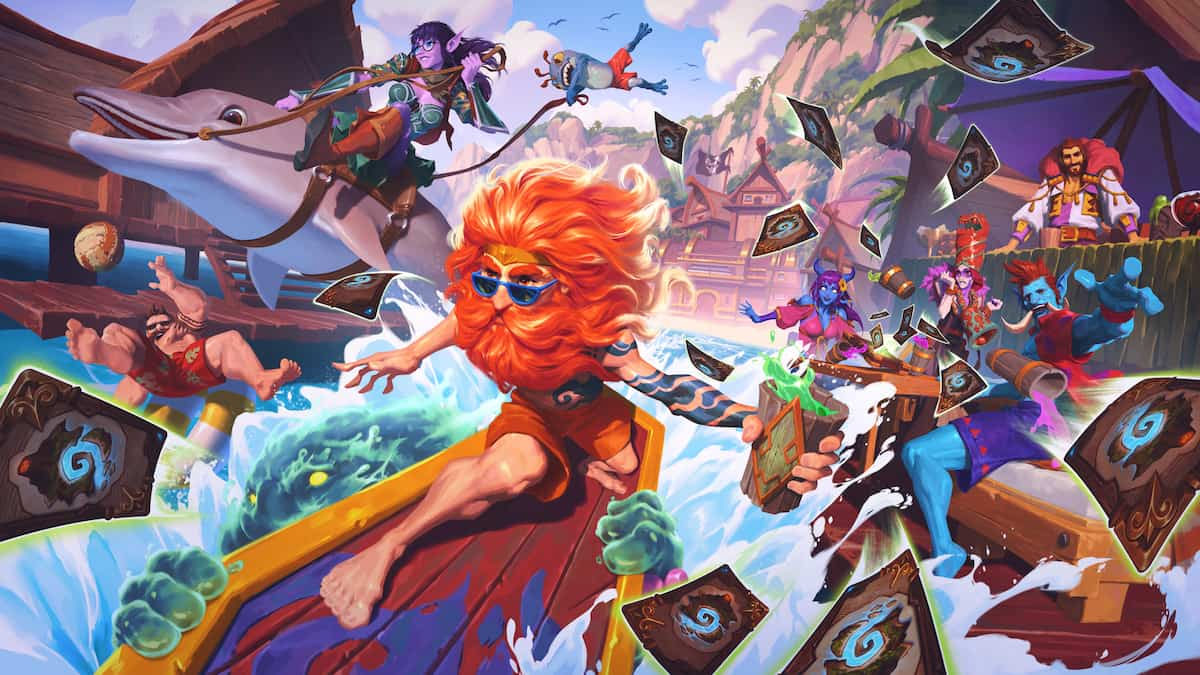
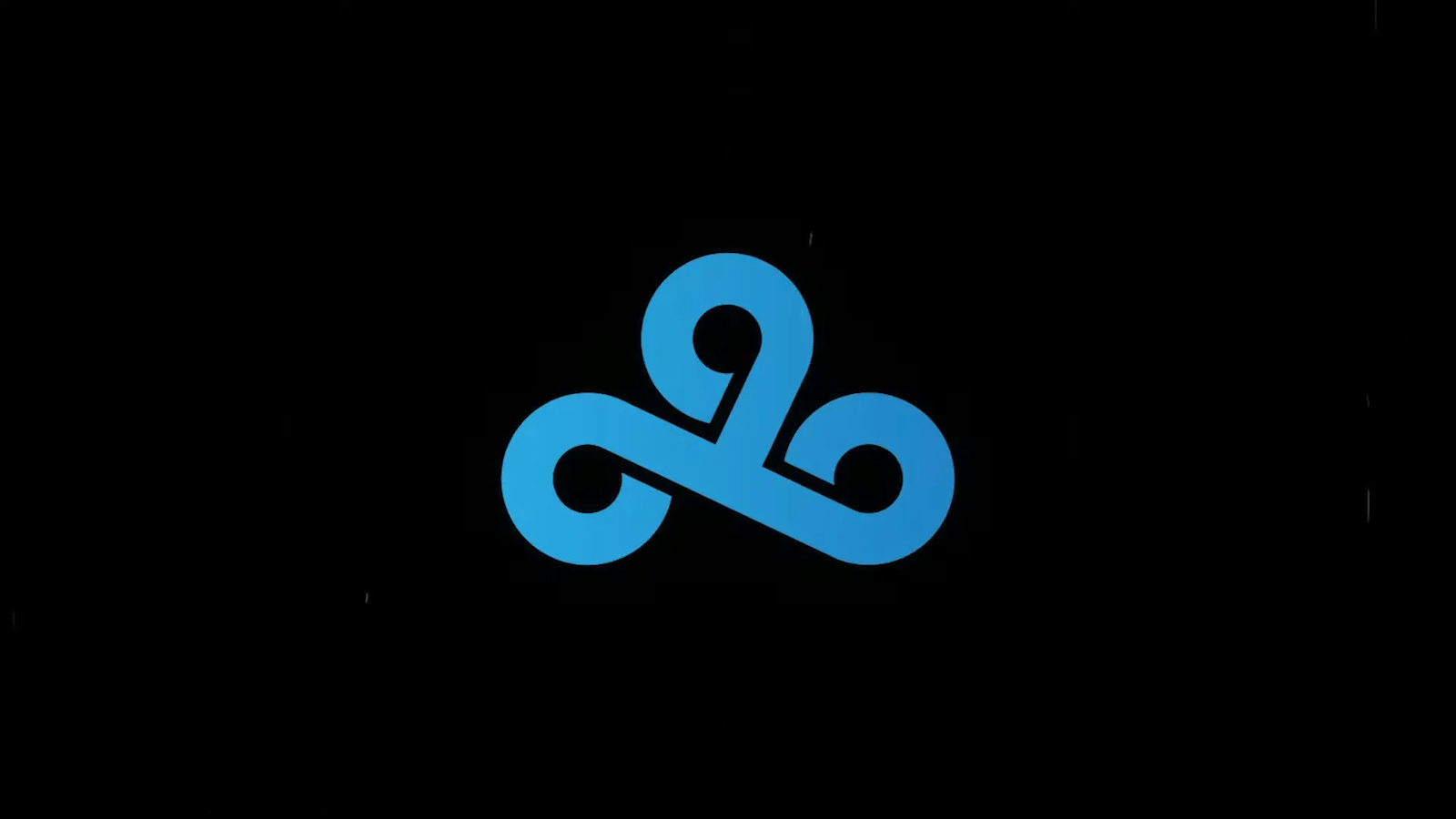

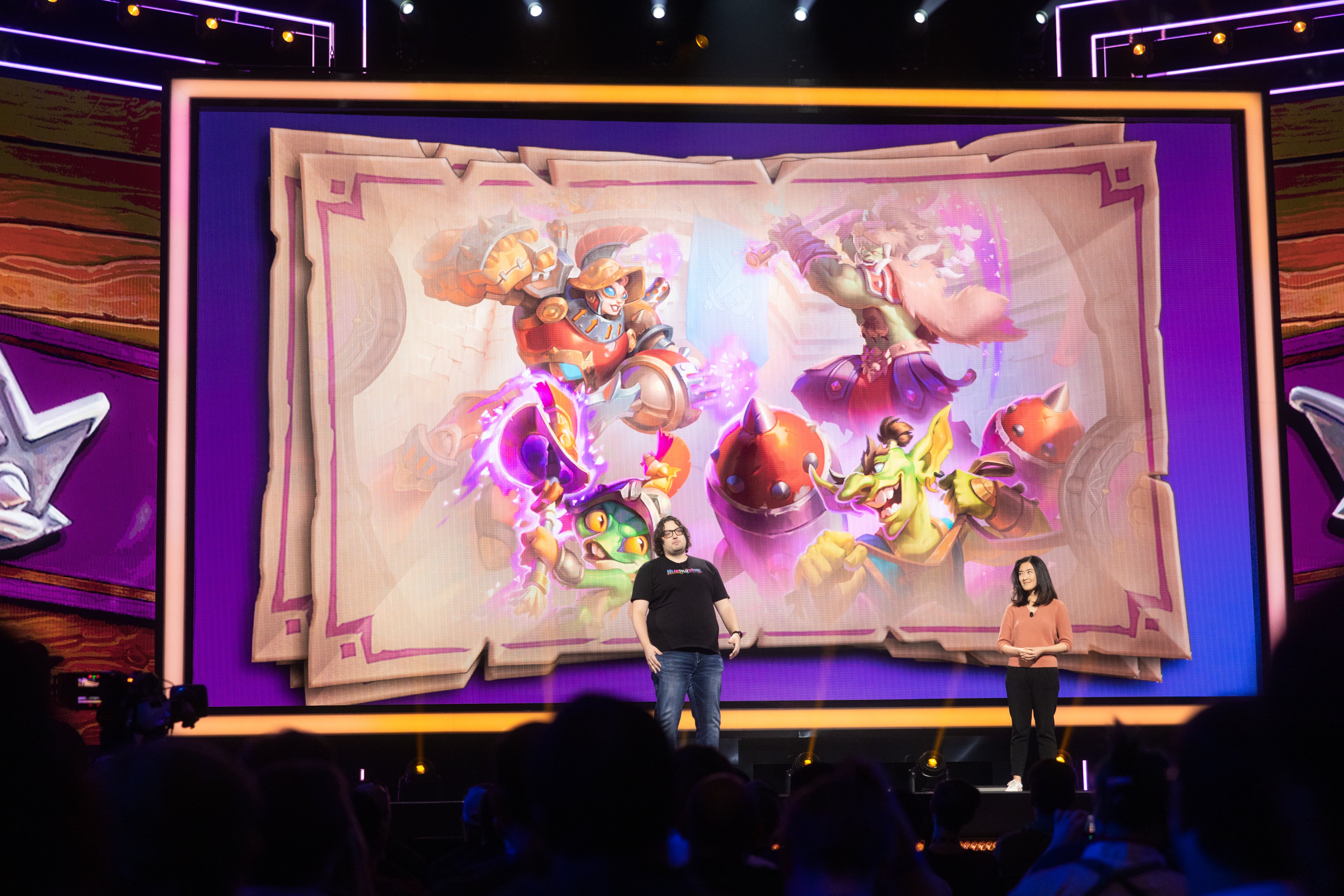
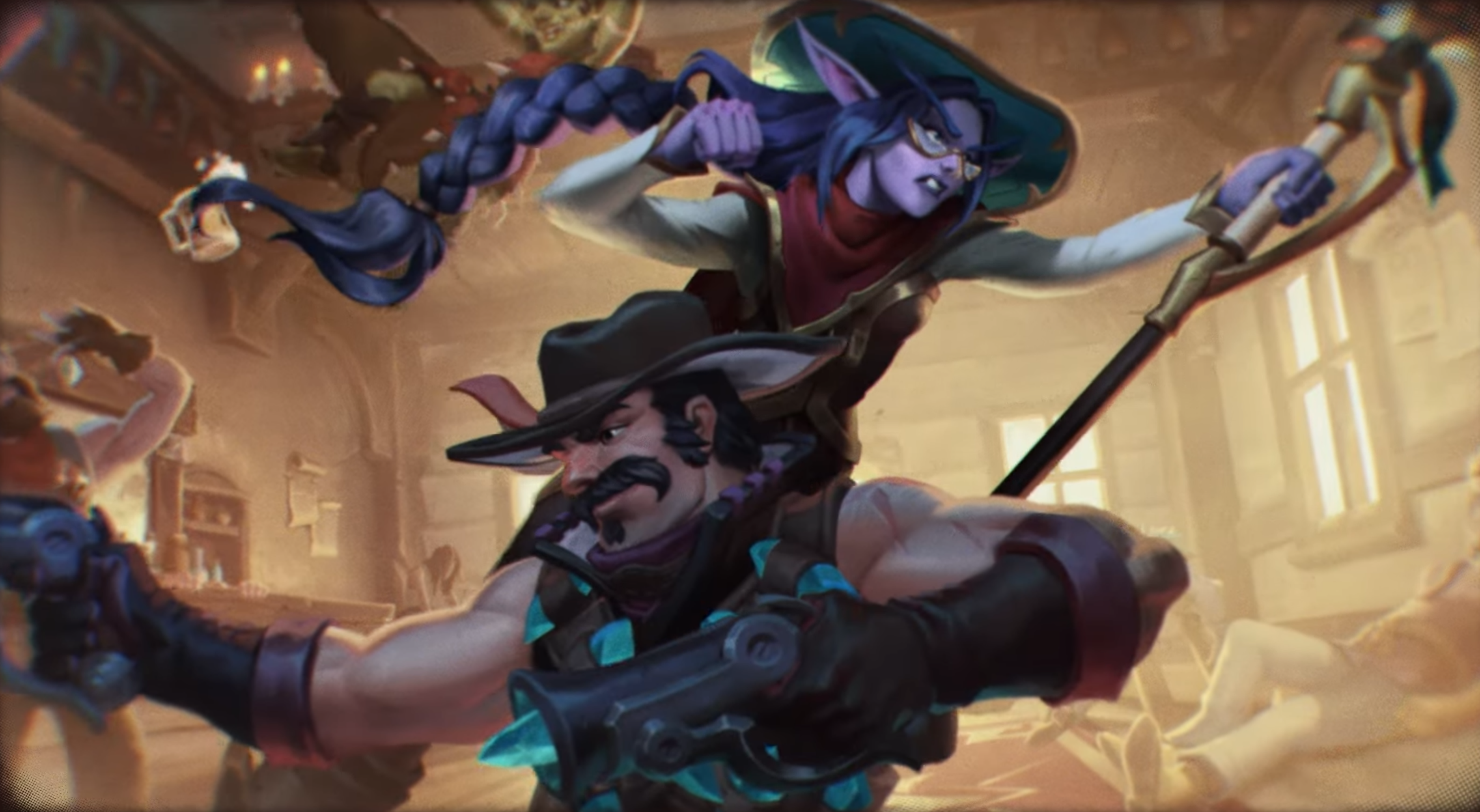
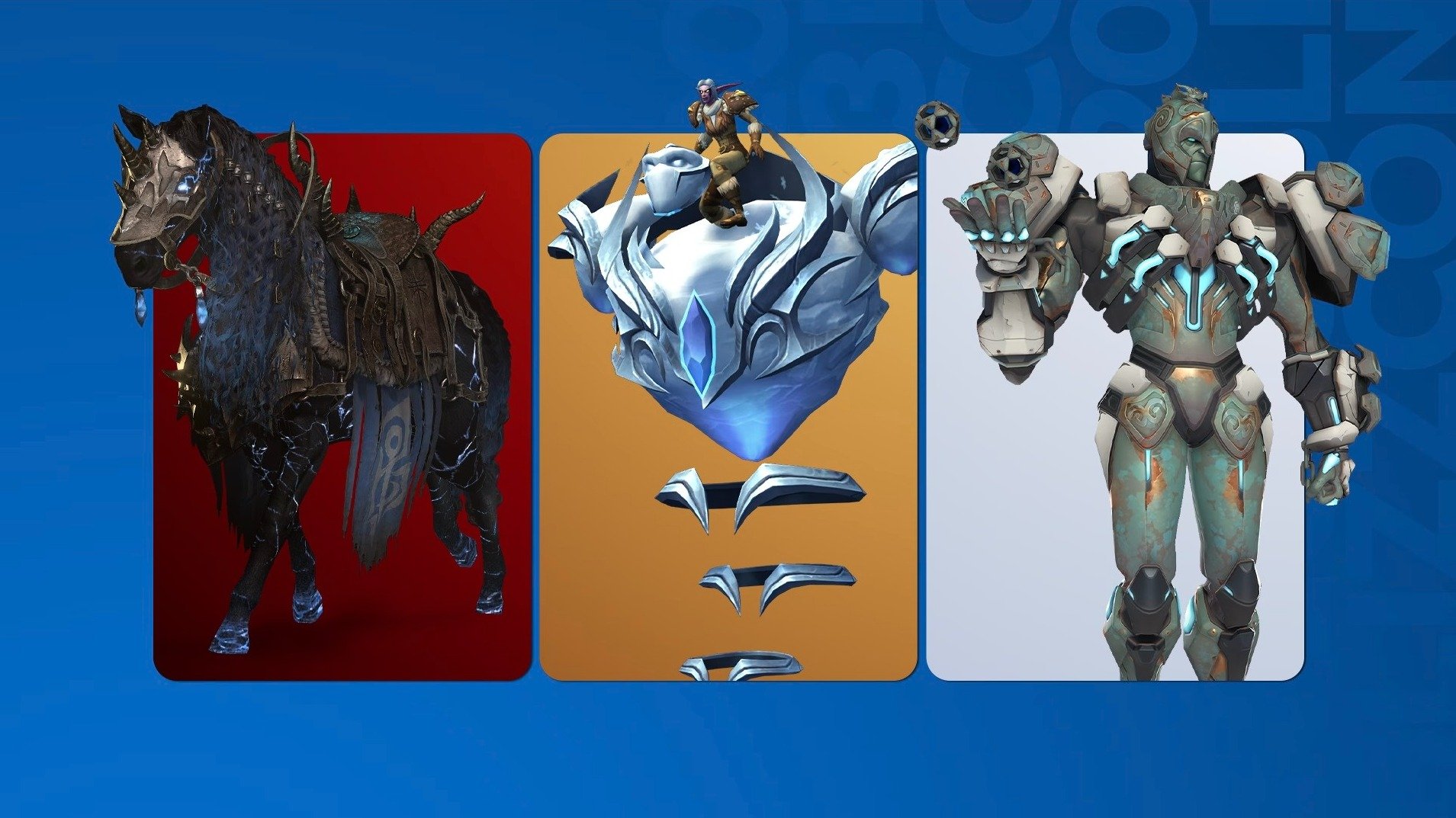
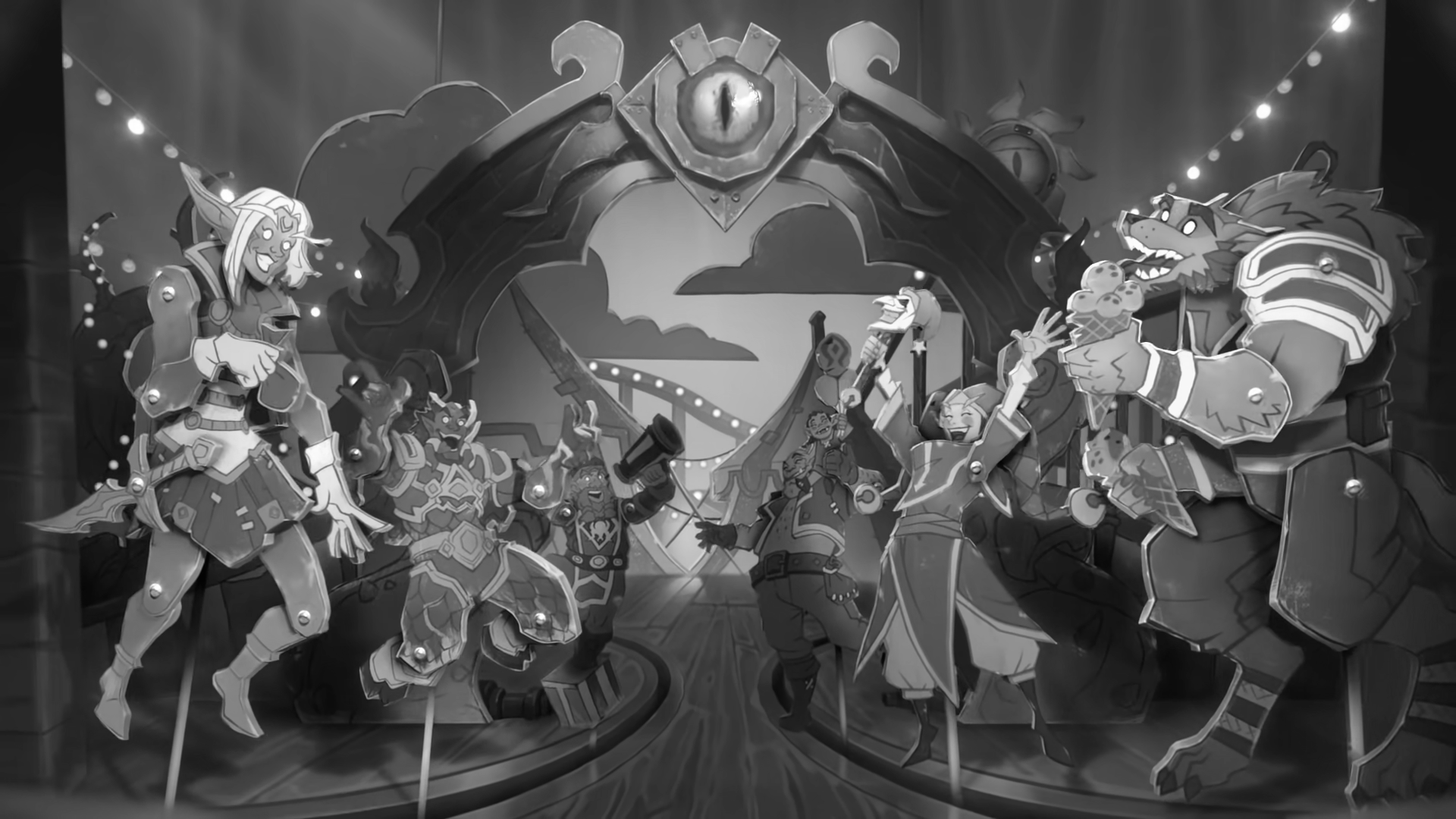
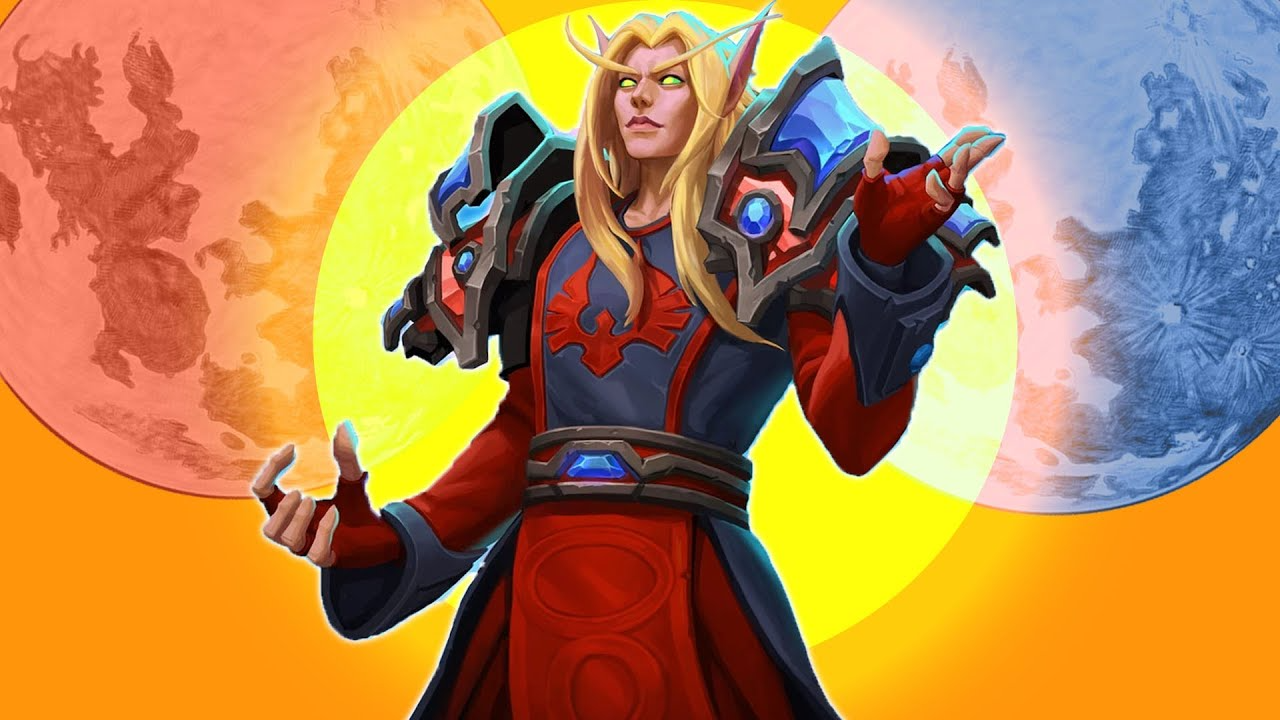

Published: Jun 1, 2017 03:13 pm